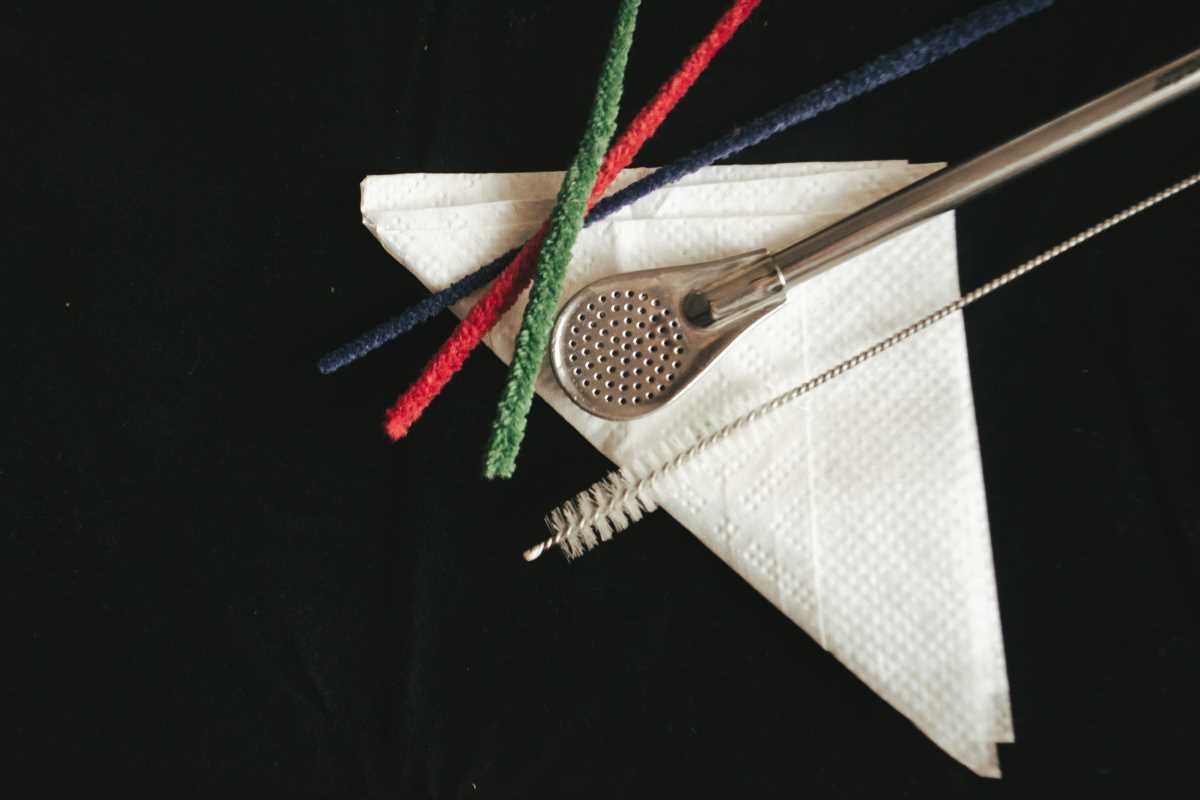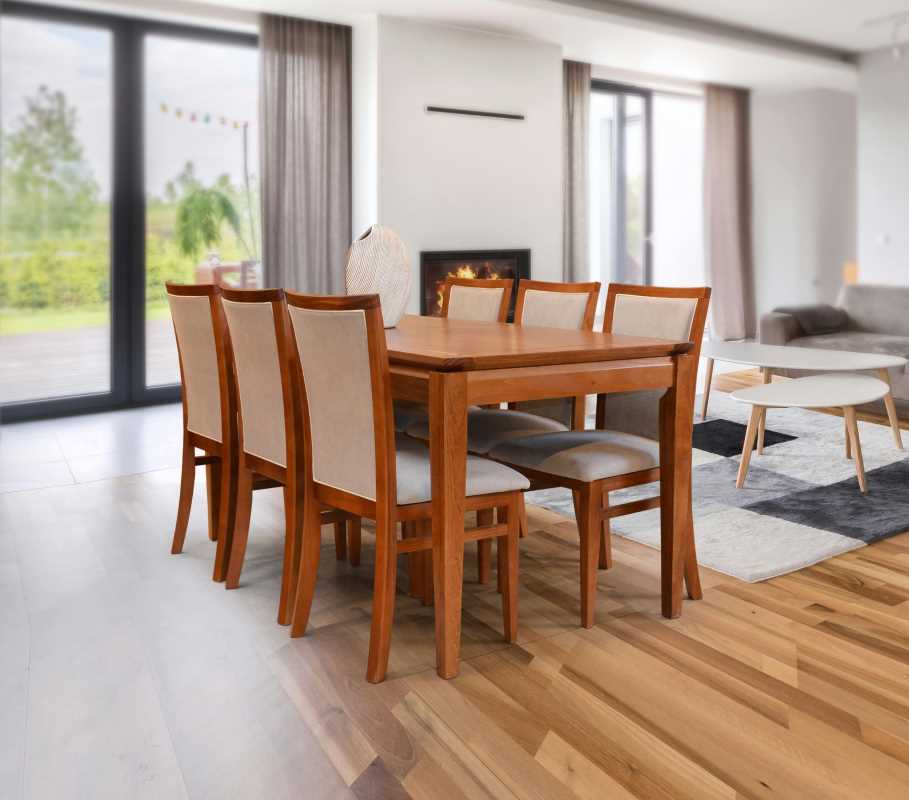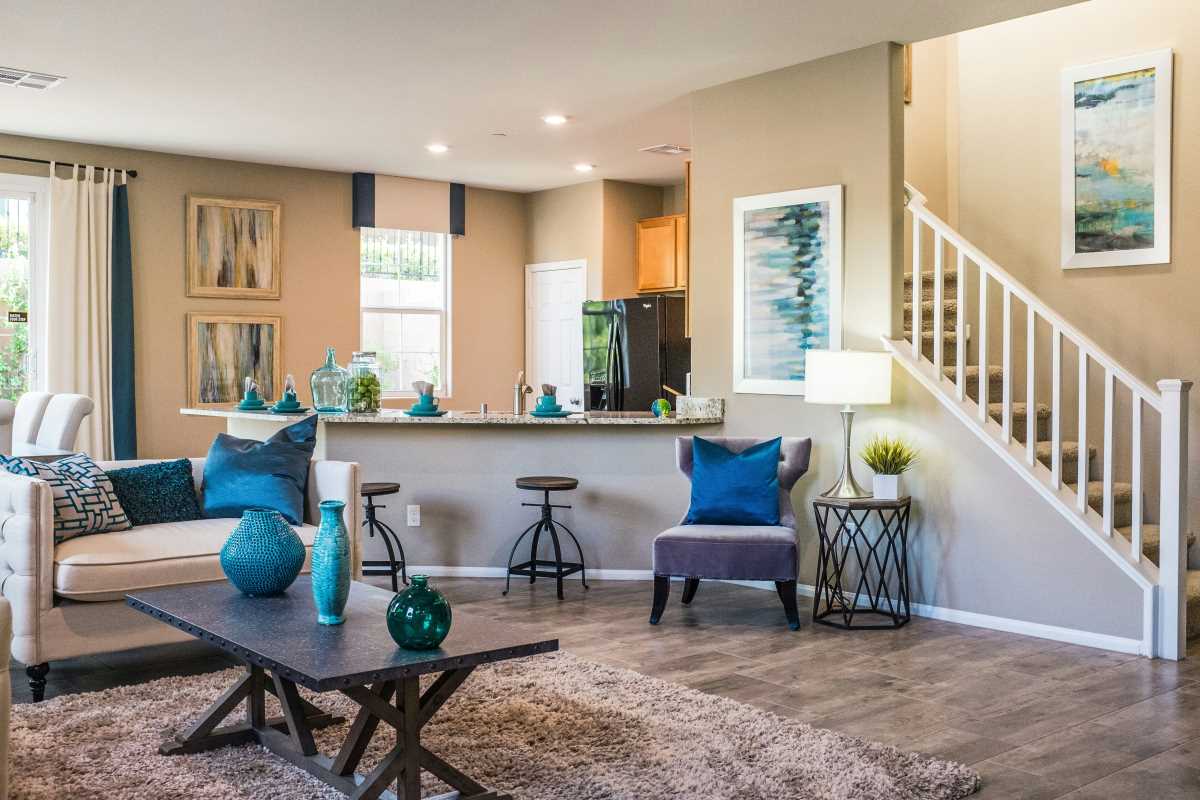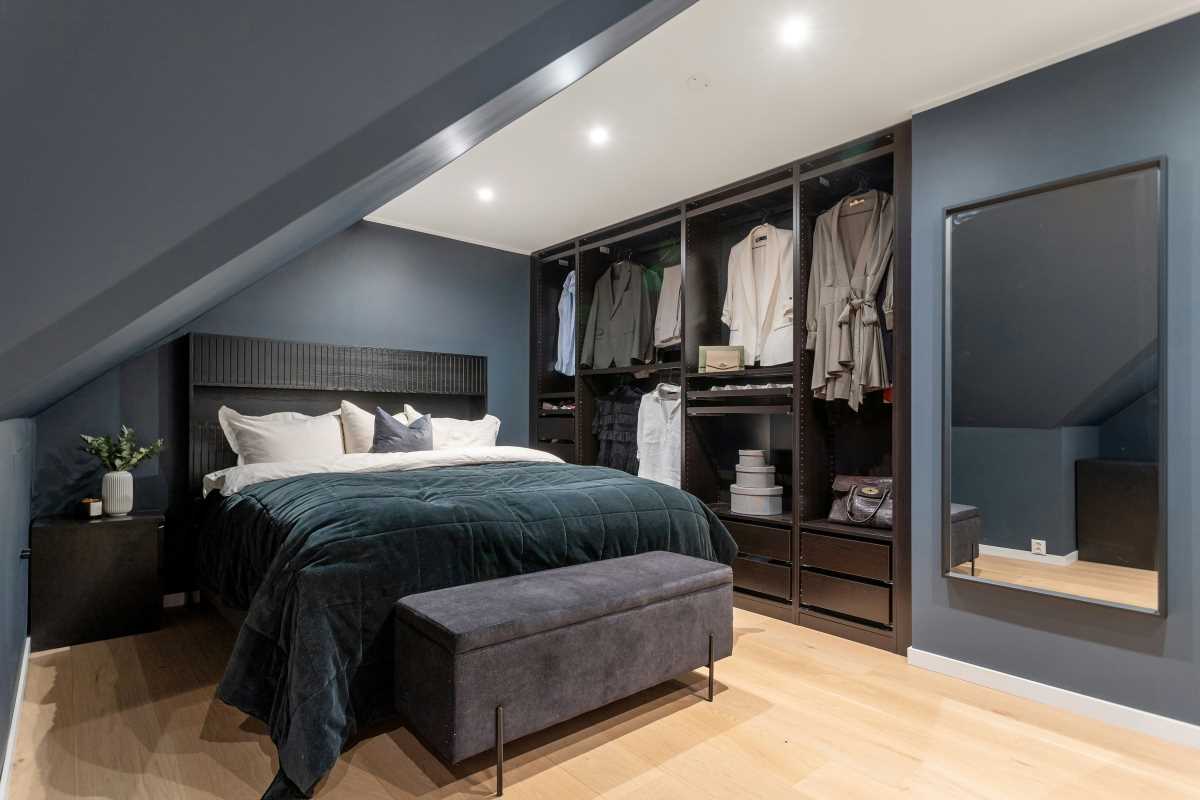Window treatments are the finishing touch that can take a room from feeling stark and unfinished to looking polished, cozy, and professionally designed. Curtains, in particular, play a massive role in shaping the atmosphere of a space. They are so much more than just functional pieces of fabric meant to block out light; they are a powerful design tool that can add color, pattern, texture, and a sense of architectural grandeur to any room. Choosing the right curtains can soften hard edges, frame a beautiful view, and tie all the other decorative elements together.
Yet, for many, the process of selecting curtains is fraught with uncertainty. The vast array of choices in fabric, color, length, and hardware can be overwhelming. It's easy to make a simple mistake, like choosing a fabric that's too heavy or hanging the rod in the wrong spot, that can throw off the entire look and feel of the room. But armed with a few key principles, you can confidently select window treatments that not only fulfill their practical purpose but also elevate your home’s style. This guide will provide you with essential tips for choosing the perfect curtains to create a warm, stylish, and inviting space.
Fabric and Function First
Before you fall in love with a particular color or pattern, the first and most important consideration should be the fabric. The material you choose will dictate how your curtains function and how they hang, which dramatically affects their overall look. A light, airy fabric like linen or cotton will create a casual, breezy feel, allowing soft, filtered light to enter the room. These are perfect for living rooms or kitchens where you want to maintain a sense of brightness. Heavier fabrics like velvet, brocade, or wool will create a more formal, luxurious, and dramatic effect, while also providing excellent insulation and light-blocking capabilities, making them ideal for bedrooms or formal dining rooms.
Think about the function of the room and the level of privacy and light control you need. In a bedroom, you might want to layer a heavy, opaque fabric over a sheer one to have options. This allows you to let in soft light during the day while ensuring complete darkness for sleeping at night. For a family room where you watch movies, blackout curtains can eliminate glare on the screen. Always hold a fabric sample up to the window. See how the light filters through it and how the color looks in the natural light of your specific room before you commit.
Master the Art of Scale and Proportion
One of the most common curtain mistakes has nothing to do with the curtains themselves, but with how they are hung. The placement of your curtain rod and the length and width of your panels can make or break the look of your entire room. The goal is to create an illusion of height and space, making your windows and your room feel larger and more elegant. To achieve this, you need to hang your curtains high and wide.
The standard practice is to mount the curtain rod at least 4-6 inches above the top of the window frame. Going even higher, close to the ceiling, will draw the eye upward and create a dramatic sense of height. You should also extend the rod 3-6 inches beyond the window frame on each side. This allows you to pull the curtain panels completely clear of the window when they are open, maximizing the amount of natural light that can flood into the room and making the window itself appear much wider. These simple adjustments in placement can transform a standard window into a grand architectural feature.
Choosing the Right Length and Width
The length of your curtains is a critical detail that has a huge impact on their style. Curtains that are too short, often called "highwaters", can make a room look squat and unfinished. For a classic, polished look, your curtains should, at a minimum, just graze the floor. This creates a clean, tailored appearance. For a more romantic, luxurious, or traditional feel, you can let the curtains "puddle" slightly on the floor by adding an extra 1-3 inches to the length. This puddling effect works best with rich, heavy fabrics in a formal space.
The width of your curtain panels is just as important for achieving a full, high-end look. To avoid a flat, sheet-like appearance, your panels need to have adequate fullness. A good rule of thumb is that the combined width of your curtain panels should be at least two times the width of your window. For a very lush, voluminous look, you can go up to three times the width. This fullness ensures that your curtains will have beautiful, elegant folds and drapes even when they are closed, adding texture and a sense of luxury to the room.
Your Guide to Curtain Styles and Hardware
The style of your curtains and the hardware you choose are the final details that will complete your window treatment. The heading, the very top of the curtain where it attaches to the rod, affects how the fabric drapes. Choosing the right hardware is just as important, as the curtain rod and finials (the decorative end caps) should complement the style of your room.
- Rod Pocket: A simple channel is sewn at the top of the panel, and the curtain rod slides through it. This creates a casual, gathered look. It can be slightly difficult to open and close, so it's best for stationary panels.
- Grommet Top: Metal rings are set into the top of the fabric. The rod passes through the grommets, creating wide, uniform pleats. This style has a clean, modern look and is very easy to slide open and closed.
- Tab Top: Loops of fabric (tabs) are spaced along the top of the curtain panel. The rod slides through the tabs. This style offers a more casual, country, or cottage feel.
- Pinch Pleat: This is a more traditional and formal heading where the fabric is gathered into tight, uniform pleats. These curtains attach to the rod with rings and hooks, making them easy to traverse.
- Hardware Finishes: Your curtain rod finish should coordinate with other metal finishes in the room. Matte black, brass, and brushed nickel are popular, versatile choices. The style of the finial can range from a simple cap for a minimalist look to an ornate crystal ball for a more glamorous one.
A Final Note on Color and Pattern
Once you have the technical aspects of fabric, size, and hardware sorted out, you can focus on the fun part: color and pattern. If your room already has a lot of pattern in the rugs, furniture, or pillows, a solid-colored curtain is often the best choice. You can choose a color that complements your existing accent colors to tie the room together, or you can opt for a neutral shade that blends seamlessly with the wall color for a subtle, sophisticated look.
If your room is mostly furnished with solids, the curtains are a perfect opportunity to introduce a pattern and a dose of personality. A bold floral, a classic stripe, or a modern geometric print can become a stunning focal point. When in doubt, you can never go wrong with a classic, high-quality neutral curtain in a shade like ivory, beige, or light gray. These timeless options will adapt to your changing style over the years and will always create a feeling of effortless elegance.
.jpg) (Image source: Midjourney)
(Image source: Midjourney) 





